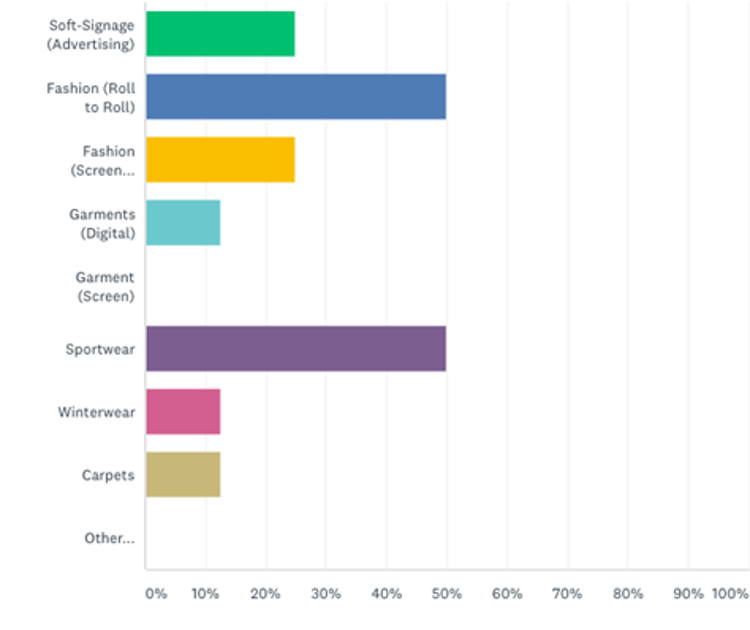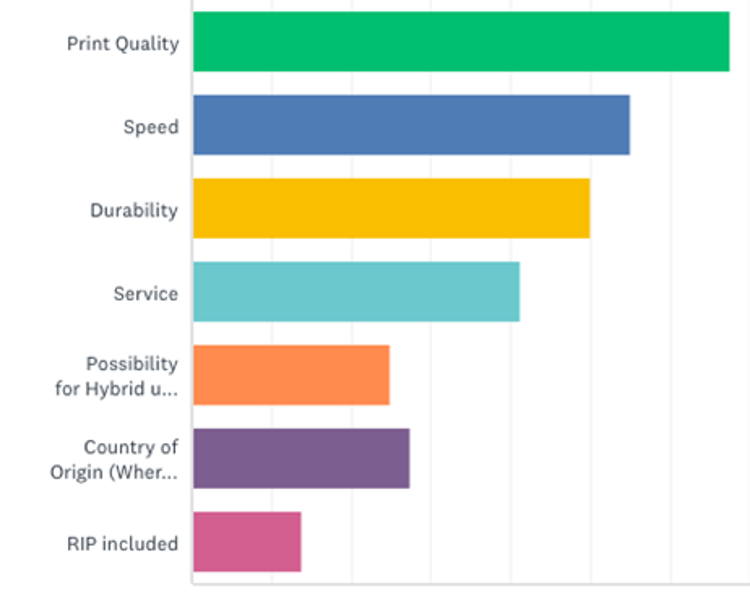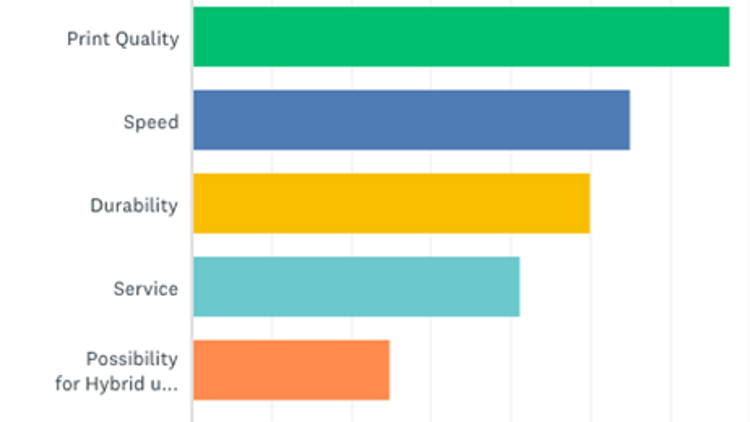Well, Happy New Year to you all! I hope you have made some great new year’s resolutions too! Perhaps stopping smoking, stopping drinking, stopping flying, stopping eating meat, stopping yelling at your dog. Stop, stop and stop!
Funnily enough we are always thinking of how to stop bad habits in the new year. I would like to start new habits. Let’s start producing for better prices and margins, start interacting better with our customers and staff, start becoming more active in private and professional arenas, start being honest with your fellow workers and just start doing more different things.
On that note, I will start with opening our thoughts to things happening in 2020. In the Middle Eastern city of Dubai, for example, they will host the World Expo 2020. For the first time in history the European soccer championship will not be held in one country but across Europe. Air travel will grow even more than before and CO2 emissions will continue to be a main topic. Human rights movements, nature activists and all kinds of protesters will get their way or not and family life will continue as it was before the 31st of December.
This year the global print show FESPA will be in Madrid. Meanwhile it’s a big year in Dusseldorf, which will turn red again from the signs and flags of drupa. Istanbul will host the ITM show, Print Unlimited expands in the USA and there are some other great shows around the world that I might have forgotten. All these events will be dedicating a part of their floorspace to sportswear and fashion production. Textiles will again be the big thing for 2020.
At the end of 2019 I did a small Western European Textiles survey about what companies would be doing in textile production – what type of inks, printers and production. I compiled the results and found some interesting conclusions.
In the survey I asked things like, what textile printer do you have today? Well over 50% of the respondents said they had a Mimaki textile printer and 35% had large industrial products like Durst, MS and EFI-Reggiani machines. The rest had other printers like Mutoh, Roland, HP Stitch and MTEX. In short, a great mixed bunch of textile producers.

What are we producing?
As expected, we are still producing a lot of roll-to-roll fabrics for fashion. But look at sportswear: combined with winterwear it makes up more than fashion.
(Please note that this survey was for Western Europe only)
Screen print is still a big part of the garment industry, but the direct-to-garment devices category is also getting a big share. Companies like Epson, Ricoh and Kornit Digital have been installing garment printing devices in Europe in the last few years and these are getting the traction they deserve.
The printing of carpets was my big surprise of the survey. There is a demand for sure, but more research is needed to find out if these are promotional carpets or household carpets.
The question on inks was no surprise at all: 87% of all respondents are using dye sublimation inks in some way or another. Some 37.5% are using pigment inks and there is still a big group of users printing with reactive and acid inks. That the trend is pointing to dye sublimation is a fact.
I did not ask about ink pricing as there are some many local differences, not only in ink quality but also in aspects such as volume, location and source which all could make pricing non-transparent. But I do see a trend that inks are becoming more expensive again and that quality is also going up.
The question of where they would buy their next printer from was very interesting. Japan, USA and Italy were the favourite countries. India and China were not even mentioned. This is very strange, as the Chinese companies Atexco and Homer and the Indian company Colorjet produce more printers than the others combined. As 75% of all respondents had two or more printers, and 12.5% had more than five, there must be a notion that there is more than a choice between Italian or Japanese machines.
The mix of size was also interesting. The 1.6m to 1.8m printer size was many times more popular than 3m or 5m printers.

Quality is still the main factor for printing digital – speed comes second – but durability and service also have high rankings. My opinion is that the respondents value the service offering and what is required to make sure all works well. Reliability and professionalism are key today.
Hybrid printers (paper/direct and two ink types) are also becoming more popular if you ask the survey respondents.
Including a RIP is less important due to the fact that most production houses who completed the survey already have a RIP. Newcomers and starters would need a RIP and would like to have it in the box.
When we asked what the current printing speed for the roll-to-roll devices is in production today, the average was about 60sqm or 40 linear metres per hour.
So, overall, we see a trend of having a better, faster printer with a good manufacturer or dealer in the dye sublimation printing arena. This is going to be the focal point for 2020. However, most of the respondents did not believe they needed to expand their production for 2020.
With all the shows and sporting events in 2020 I believe we will see some square-metre growth in printing but maybe the saturation of printers in Western Europe is big enough to pick up the slack.
Wishing you all a Happy New Year and a lot of printing.





